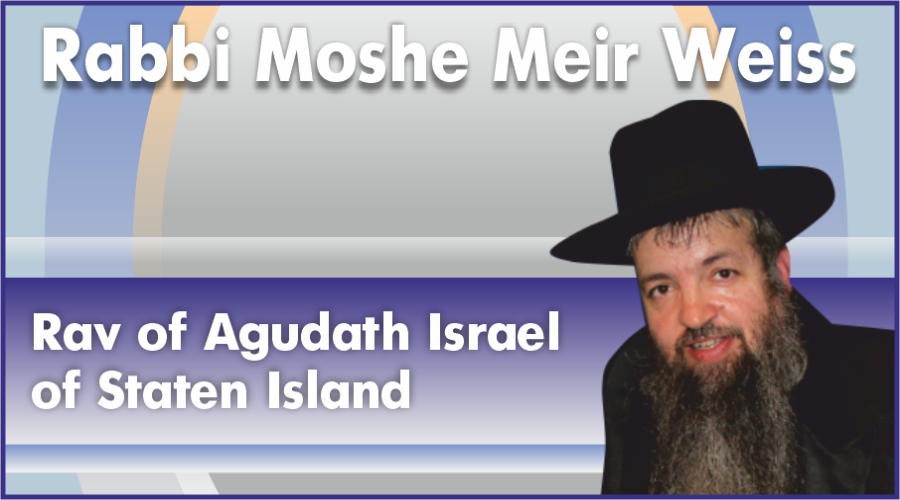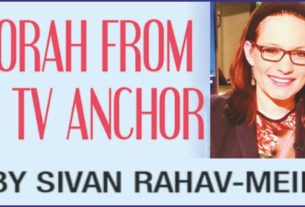After vanquishing the Syrian-Greeks, the Jews dedicated the Temple and witnessed the fabulous miracle of the menorah. Yet, the Gemara tells us, the Sages did not immediately institute a holiday. They waited until the next year to do so.
The obvious question is: Why? The Kedushas Levi and Sfas Emes both answer that the Sages wanted to experience the days of Chanukah when it came around the following year. Only in that way would they be able to divine the special powers that lie in them and know what kind of yom tov to establish. So they waited and found that Hashem planted in these days the special ability to praise and thank Him. So they established eight days of Chanukah for Hallel and hoda’ah, praise and thanksgiving to Hashem, says the Gemara.
‘);
_avp.push({ tagid: article_top_ad_tagid, alias: ‘/’, type: ‘banner’, zid: ThisAdID, pid: 16, onscroll: 0 });
Praising Hashem is actually why the Jewish people were created, as per the verse “Am zu yatzarti li t’hilasi y’sapeiru – I have created this nation to relate My praise.” Chanukah’s lesson is actually so fundamental that it is hinted to in the very beginning of Sefer Bereishis: The 25th word of the Torah is “ohr – light,” hinting to the great miracle of light that would occur on the 25th of Kislev.
The letters of Kislev can be rearranged to spell “sach lv,” which means a “total of 36” since we light a total of 36 candles on Chanukah. But “sach lv” also means “to gaze to Him,” which hints at the theme of Chanukah: focusing on praising and thanking Hashem.
The sign of Kislev’s zodiac is the keshet, the bow. The rainbow reminds us that Hashem hearkened to the prayers of Noach and promised to never again destroy the world. Targum Onkelos translates “ubakashti – and with my bow” (spoken by Yaakov Avinu) as “ubiva’usi – with my prayer,” giving us yet another connection between prayer and Chanukah.
The heroes of Chanukah also remind us of prayer. How unlikely that these kohanim, whose sole job was ministering to Hashem and to the spiritual needs of our people, would all of a sudden become masters of artillery. But they made the transformation and Hashem crowned their efforts with success because a kohen symbolizes divine service, which is prayer in the absence of the Temple. Hashem wanted to highlight the importance of serving Him through prayer.
Prayer is actually what defeated the Syrian-Greek enemies. Rabbeinu Ephraim maintains that a tzaddik is a person who excels at prayer. What happens when you put a tzaddik at the beginning of the word “Yavan” (Greece)? You get “Tzion” (Zion), vividly illustrating that prayer was responsible for our victory.
The Kitzur Shulchan Aruch states that a meal on Chanukah is not considered a seudas mitzvah unless we sing zemiros (songs to Hashem) at the meal. I believe this unusual requirement is due to the following: Eating is not really a fitting way to celebrate Chanukah since eating was one of the ways through which the Syrian-Greeks succeeded in Hellenizing many Jews. They organized sumptuous feasts and banquets with much wine. If we sing songs to Hashem while eating, however, the meal becomes transformed and properly conveys the message of Chanukah.
As we prepare for Chanukah and ultimately reach the awesome day of Zos Chanukah, I would like to wish all my wonderful readers and their families good health, happiness, and everything wonderful.
‘);
_avp.push({ tagid: article_top_ad_tagid, alias: ‘/’, type: ‘banner’, zid: ThisAdID, pid: 16, onscroll: 10 });




